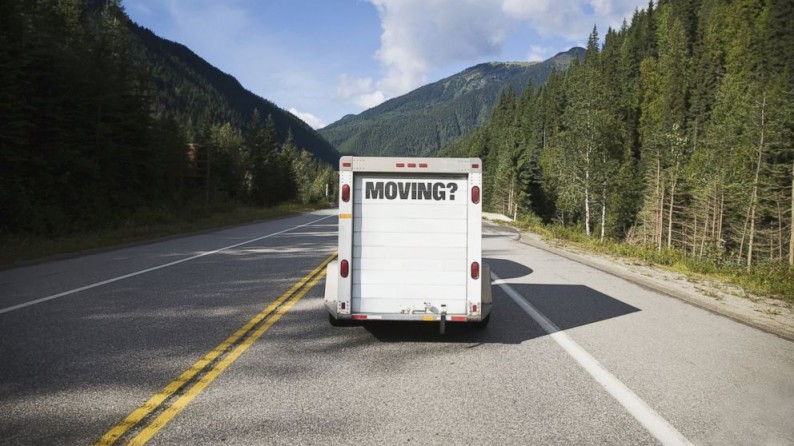Moving is like death and taxes. It’s inevitable, usually dreadful, and also often costly. About 40 million Americans move each year, according to the U.S. Census Bureau. The American Moving & Storage Association says the average interstate move costs more than $5,000, but that’s just the beginning. Moving.com says homeowners spend about $10,000 “feathering the nest,” when they move, filling the new place with drapes, carpets, silverware and everything else that comes up with a big transition.
After buying a home and a car, moving can be one of the biggest expenses a family faces. It can also be among the most stressful, and most perilous consumer transactions to navigate. Moving is full of financial booby traps. Do it wrong, and your move can easily cost more than twice what you initially expect. Doing it right is critical in a still-fragile economy, where portability (the ability to move for a job) can be critical to ending a long bout of unemployment or underemployment.
May is National Moving Month, named so because it begins the heavy moving season each year. About 52 percent of all moves occur between May and September, largely because families try to synch up moves with the school calendar. So here’s our guide to navigating the mine field of moving.
From Point A to Point B
Getting your stuff from old home to new home is easily the trickiest part of a move. Movers are notorious for layering on hidden fees and providing misleading estimates. They also have an incredible leverage advantage over consumers, one few other industries enjoy — they can hold your stuff hostage while demanding higher fees.
It’s easy to find horror stories from consumers saying they were quoted $2,000 for a move, then handed a bill for double that after their belongings were loaded onto a moving truck. Many people in this situation are moving for a new job, and are in no position to haggle or delay. Movers can threaten to sell the belongings of consumers who object to the higher price, or they simply send the stuff on the “slow train,” making new homeowners sit in an empty house for weeks or even months, unless they pay more to get delivery back on track – the so-called hostage freight circumstance.
New Jersey officials recently ran a sting operation and nabbed 19 different companies operating improperly licensed moving firms. State officials posed as consumers and “booked” moves online, then lured operators to a fictitious address where drivers were cited or arrested. Many arrived in tell-tale rental trucks or unmarked trucks.












Leave A Comment